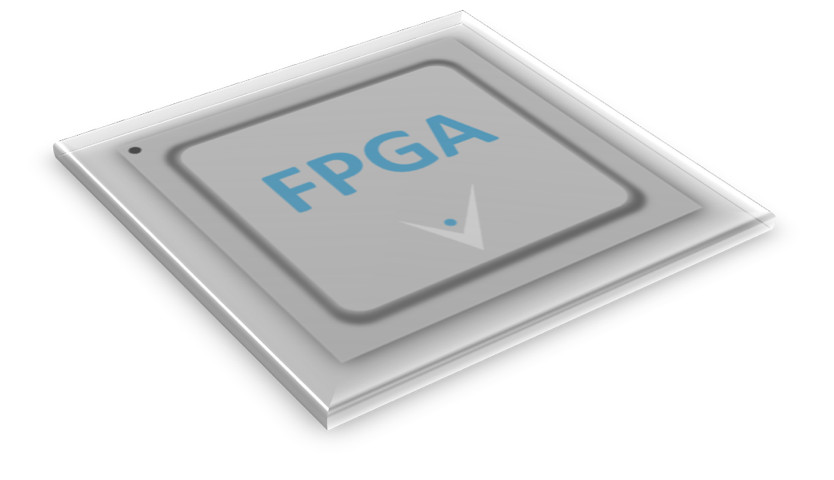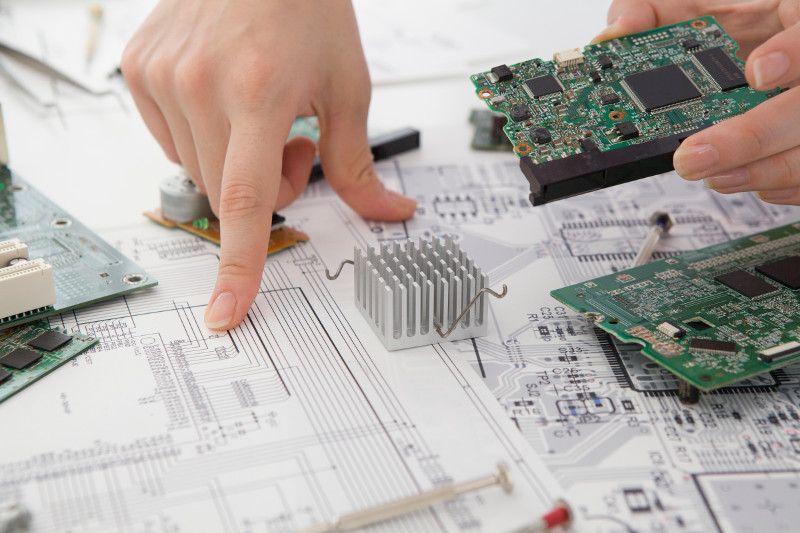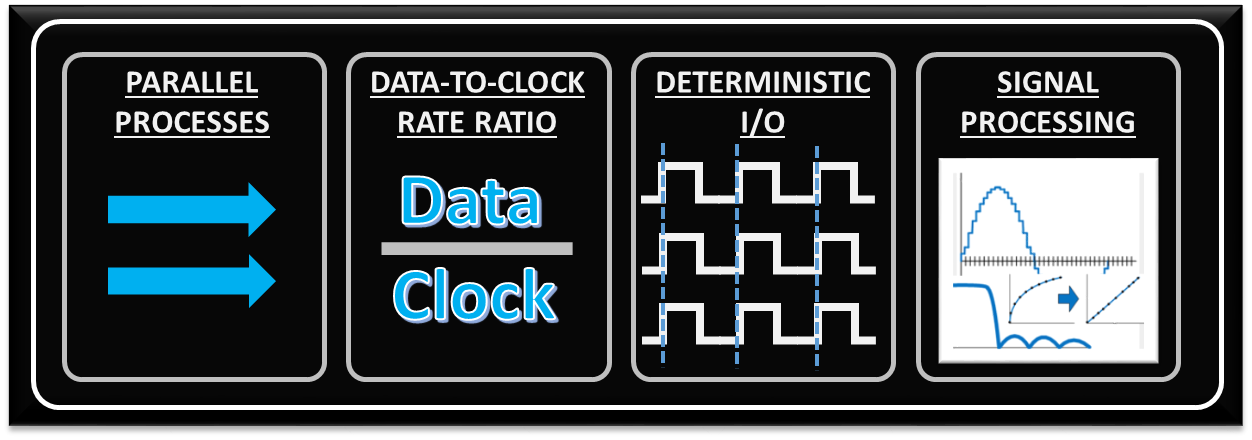When is an FPGA Worth it and When is it NOT – when developing an Industrial Embedded System

Introduction
So you keep hearing about FPGAs being utilized in more and more applications, but aren’t sure whether it makes sense to switch to a new technology. Or maybe you’re just getting into the embedded world and want to figure out if an FPGA-based system makes sense for you or not.
One of the first questions you should be asking yourself on this topic is: relative to what? What are we comparing an FPGA-based solution to? Mostly we’re comparing to scenarios where general-purpose microprocessors or microcontrollers are being considered as the alternative technology.
Well-Suited Applications
Historically, FPGAs were VERY expensive (like up to thousands-of-dollars-per-chip, expensive), which limited the applications that utilized FPGAs to VERY expensive systems, such as military and aerospace systems. See Wikipedia – FPGA Applications for more use cases.
As FPGA prices continue to drop, I speculate we’ll see more and more advanced industrial equipment and machines (with particular needs) taking advantage of FPGA-based systems. Here are a few that we’ve seen:

FPGA Strengths/Best Suited:
Much of what will make it worthwhile to utilize an FPGA comes down to the low-level functions being performed within the device. There are four processing/algorithm attributes defined below that FPGAs are generally well-suited for. While just one of these needs may drive you toward an FPGA, the more of these your application has, the more an FPGA-based solution will appeal.
- Parallel processes – if you need to process several input channels of information (e.g. many simultaneous A/D channels) or control several channels at once (e.g. several PID loops).
- High data-to-clock-rate-ratio – if you’ve got lots of calculations that need to be executed over and over and over again, essentially continuously. The advantage is that you’re not tying up a centralized processor. Each function can operate on its own.
- Large quantities of deterministic I/O – the amount of determinism that you can achieve with an FPGA will usually far surpass that of a typical sequential processor. If there are too many operations within your required loop rate on a sequential processor, you may not even have enough time to close the loop to update all of the I/O within the allotted time.
- Signal processing – includes algorithms such as digital filtering, demodulation, detection algorithms, frequency domain processing, image processing, or control algorithms.
Weaknesses/Non-Optimal:
With any significant benefit, there’s often times a corresponding cost. In the case of FPGAs, the following are generally the main disadvantages of FPGA-based solutions.
- Complex calculations infrequently – If the majority of your algorithms only need to make a computation less than 1% of the time, you’ve generally still allocated those logic resources for a particular function (there are exceptions to this), so they’re still sitting there on your FPGA, not doing anything useful for a significant amount of time.
- Sorting/searching – this really falls into the category of a sequential process. There are algorithms that attempt to reduce the number of computations involved, but in general, this is a sequential process that doesn’t easily lend itself to efficient use of parallel logical resources. Check out the sorting section here and check out this article here for some more info.
- Floating point arithmetic – historically, the basic arithmetic elements within an FPGA have been fixed-point binary elements at their core. In some cases, floating point math can be achieved (see Xilinx FP Operator and Altera FP White Paper ), but it will chew up a lot of logical resources. Be mindful of single-precision vs double-precision, as well as deviations from standards. However, this FPGA weakness appears to be starting to fade, as hardened floating-point DSP blocks are starting to be embedded within some FPGAs (see Altera Arria 10 Hard Floating Point DSP Block).
- Very low power – Some FPGAs have low power modes (hibernate and/or suspend) to help reduce current consumption, and some may require external mode control ICs to get the most out of this. Check out an example low power mode FPGA here. There are both static and dynamic aspects to power consumption. Check out these power estimation spreadsheets to start to get a sense of power utilization under various conditions. However, if low power is critical, you can generally do better power-wise with low-power architected microprocessors or microcontrollers.
- Very low cost – while FPGA costs have come down drastically over the last decade or so, they are still generally more expensive than sequential processors.
Some Things to be Mindful Of
Traditional development environments that tend to utilize text-based languages such as VHDL and Verilog are NOT for the casual user. The languages and the tool chains have a steep learning curve and the tool chains can be expensive.
1. Debugging tools
The disadvantage of a run-of-the-mill sequential processor is that only one operation is executing at any point in time. The advantage of a sequential processor is that only one operation is executing at any point in time. When it comes to debugging, this sequencing makes life easier than debugging an FPGA. Simulation environments for FPGAs are generally pretty solid, but you eventually have to move into hardware, where your visibility into what’s going on decreases significantly. You can view outputs of course, and you can create test points, but you have to be able to probe all of those points, so you’ll need a logic analyzer, which can get very pricey. You may be able to get away with embedding test resources into your device (e.g. Xilinx has the Integrated Logic Analyzer), but this will utilize FPGA logic and memory resources, and is often challenging to see enough breadth or depth about what’s going on inside your FPGA. However, generally these tools are better for augmenting a true logic analyzer, as opposed to replacing them outright.
2. Cyber security
A lot of FPGAs are embedding Ethernet cores, common processor cores, and some are even running an OS, making it so FPGA-based (sometimes referred to as SoC (system on a chip)) solutions look like another computer on the network. This opens up their vulnerability to more traditional attack methods. Take the time to understand your risks and mitigate them. Obscurity is generally NOT a solid security approach (check out The Great Debate: Security by Obscurity). Here are two articles to get you thinking:
3. Safety
If you’re considering an FPGA-based system for a safety-related function, you need to understand the risks that you’re incurring. Here are a few articles to get you thinking:
Okay, so now what?
Hopefully these thoughts have given you some things to chew on. If you decide it might make sense to proceed with an FPGA-based embedded system and don’t have the time or manpower to create your own solution, reach out here if you want to chat, or check out these other resources:





